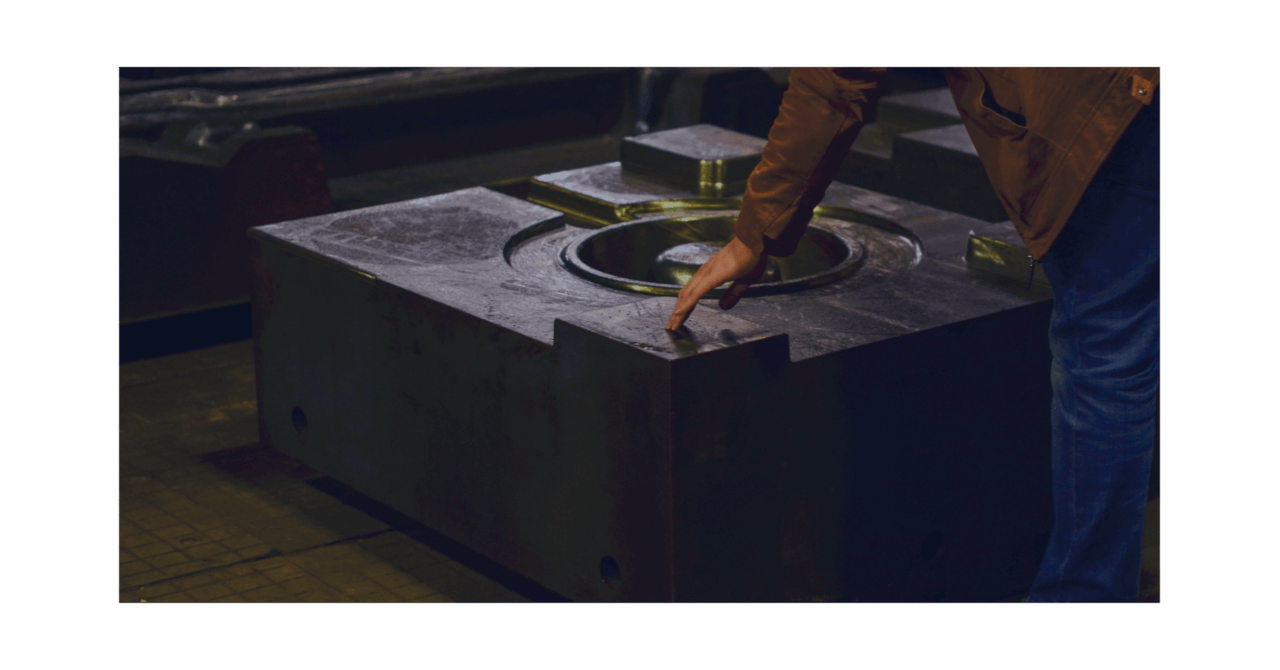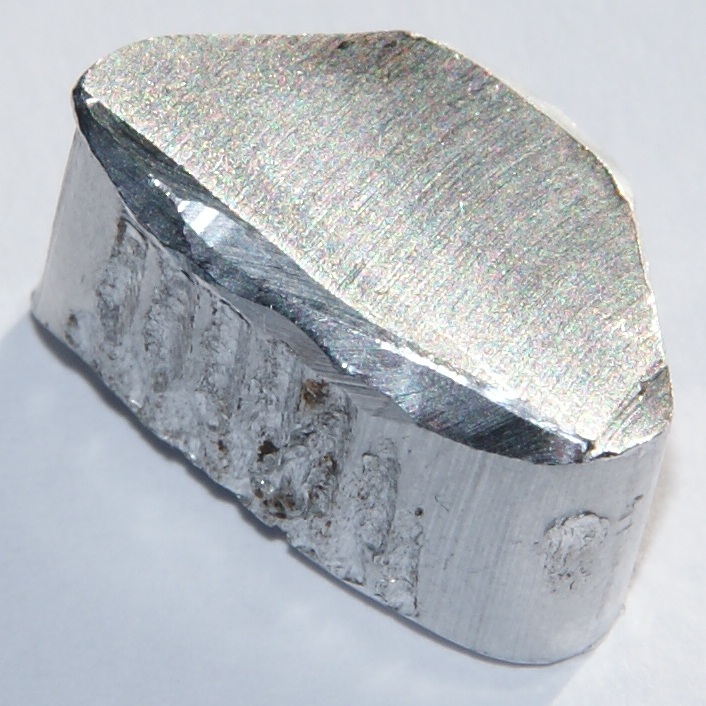The engineering behind the success of every Casting Foundry
Wiki Article
Exploring the Crucial Applications and Use Light Weight Aluminum Shop in Modern Production
Light weight aluminum foundries play a vital duty in modern-day production, offering varied markets with their special homes. From vehicle components that enhance gas effectiveness to aerospace structures that prioritize weight, aluminum's flexibility appears. Its applications reach building and construction and customer electronic devices, highlighting its durability and power performance. Nevertheless, the innovations in aluminum spreading strategies and future trends call for a closer assessment, as they may redefine its impact on manufacturing.The Duty of Light Weight Aluminum Foundries in Automotive Production
As the auto sector increasingly prioritizes lightweight materials to boost fuel efficiency and performance, aluminum foundries have ended up being necessary factors to producing procedures. These shops focus on creating parts that fulfill the rigorous needs of modern-day vehicles, such as engine blocks, transmission real estates, and structural elements. Light weight aluminum's favorable buildings-- such as high strength-to-weight proportion, corrosion resistance, and excellent thermal conductivity-- make it a suitable option for auto applications.Moreover, light weight aluminum factories utilize innovative casting strategies, including die spreading and sand casting, to produce intricate and long lasting components. This capability enables suppliers to optimize styles for efficiency while minimizing weight. The usage of aluminum also supports sustainability objectives, as it is very recyclable and decreases power intake in vehicles. By facilitating the combination of light weight aluminum right into vehicle layout, foundries play a critical duty fit the future of the vehicle sector, promoting efficiency and advancement across the board.
Aerospace Applications: Lightweight Solutions for Flight
Light weight aluminum foundries play a significant function in the aerospace industry, where the need for lightweight products is extremely important for enhancing fuel efficiency and performance in aircraft. The distinct buildings of light weight aluminum, including its high strength-to-weight proportion and deterioration resistance, make it an optimal selection for different aerospace parts. These components consist of architectural components, engine coverings, and touchdown equipment, which add to overall aircraft performance.Making use of light weight aluminum alloys, specifically those created with advanced casting strategies, allows for the production of complex layouts and complex forms while decreasing weight. Additionally, aluminum's recyclability straightens with the aerospace sector's sustainability goals, minimizing ecological impact. With continuous innovations in light weight aluminum factory technologies, makers can maximize manufacturing processes, resulting in boosted performance and reduced prices. As the aerospace market significantly prioritizes developments that enhance efficiency, light weight aluminum foundries will certainly continue to be important to developing light-weight options for modern trip.
Building and Building And Construction: Enhancing Structural Honesty
In the structure and building industry, a considerable emphasis is put on improving structural stability with making use of light weight aluminum. Known for its high strength-to-weight proportion, light weight aluminum provides durability without compromising on weight, which is crucial in modern architectural designs. Its resistance to deterioration further ensures long life, making it an ideal product for various structural components, consisting of light beams, structures, and cladding.Light weight aluminum additionally helps with ingenious style possibilities, allowing engineers and designers to create visually pleasing frameworks while maintaining safety and security requirements. The material's flexibility allows its application in both residential and business tasks, from high-rises to bridges. Furthermore, innovations in light weight aluminum foundry strategies have actually improved the accuracy of aluminum parts, guaranteeing they satisfy stringent structure codes. In general, the integration of light weight aluminum in building not just improves architectural honesty but also adds to lasting structure methods, provided its recyclability and energy-efficient production approaches.
Customer Electronic Devices: The Rise of Aluminum in Innovation
In the domain of customer electronic devices, light weight aluminum has obtained prominence as a result of its lightweight layout advantages and remarkable thermal conductivity. This shift not just boosts item mobility however likewise enhances gadget performance by effectively dissipating heat. As modern technology proceeds to develop, the function of aluminum in producing reliable and sleek devices is progressively significant.Light-weight Style Advantages
As customer electronics develop, the need for light-weight yet resilient products has actually surged, making aluminum a significantly popular selection among makers. Its reduced density permits the development of smooth devices that are very easy to lug and utilize, considerably enhancing mobility. The strength-to-weight proportion of light weight aluminum warranties that products can hold up against everyday damage without jeopardizing efficiency. Furthermore, the malleability of light weight aluminum allows suppliers to develop intricate forms and types, further adding to ingenious aesthetic appeals and performance. This lightweight quality likewise plays a necessary duty in power performance, as lighter tools call for much less energy to operate. Because of this, aluminum not only meets the evolving aesthetic demands yet additionally straightens with the modern-day concentrate on sustainability in customer electronics.Thermal Conductivity Advantages
Thermal conductivity is a vital consider the performance of consumer electronic devices, and aluminum excels in this domain. Its high thermal conductivity enables reliable warmth dissipation, which is crucial for keeping ideal operating temperatures in devices such as smart devices, laptop computers, and pc gaming consoles. By facilitating quick heat move far from sensitive components, light weight aluminum assists avoid overheating, Casting Foundry thus boosting performance and extending device longevity. Additionally, the light-weight nature of light weight aluminum complements its thermal properties, making it an optimal option for mobile modern technology. As producers progressively prioritize performance and power performance, aluminum's role in thermal administration becomes much more significant, leading to its expanding adoption in modern digital designs. This fad emphasizes light weight aluminum's importance in customer electronic devices advancement.Marine Market: Rust Resistance in Harsh Atmospheres
Corrosion resistance is a crucial consider the marine sector, where tools and frameworks are regularly exposed to harsh deep sea settings. Light weight aluminum, especially in its alloy kinds, offers considerable benefits in this respect. Its all-natural oxide layer offers a protective obstacle that avoids deterioration, making it excellent for vessels, docks, and various other aquatic applications.Marine-grade light weight aluminum alloys, such as 5083 and 6061, are particularly designed to stand up to the corrosive results of saltwater and weather. These alloys not only stand up to corrosion yet likewise maintain architectural stability and strength gradually. Applications range from hulls and superstructures of ships to parts in offshore systems.
The lightweight nature of aluminum more enhances its suitability, making it possible for improved gas effectiveness and ease of handling - aluminum casting company. As the aquatic industry proceeds to concentrate on toughness and efficiency, aluminum stays a necessary product choice for withstanding deterioration sought after marine settings
Technologies in Aluminum Casting Techniques
While traditional light weight aluminum spreading techniques have offered the sector well, current innovations are transforming the landscape of aluminum manufacturing. Techniques such as 3D printing of cores and mold and mildews are gaining traction, enabling rapid prototyping and lowered preparations. This advancement allows makers to produce complicated geometries that were previously hard to attain with standard spreading methods. Additionally, advancements in die-casting modern technology, consisting of using high-pressure die-casting (HPDC), have boosted the precision and surface coating of cast light weight aluminum components, leading to improved efficiency in numerous applications.Moreover, the fostering of financial investment spreading has permitted greater design flexibility and decreased material waste. Aluminum Casting. Advancements in alloy make-ups are also substantial, as they improve mechanical residential properties and corrosion resistance. Overall, these developments not only simplify manufacturing processes however likewise add to more sustainable practices within the aluminum factory market, making it adaptable to the advancing demands of modern-day production
Future Patterns in Light Weight Aluminum Foundry Production
The future of light weight aluminum foundry manufacturing is poised for substantial change via automation, enhancing performance and precision in manufacturing procedures. Sustainable practices are significantly becoming a concern, as shops seek to decrease their ecological impact while satisfying expanding governing demands. Furthermore, developments in alloy growth will allow the creation of more powerful, lighter materials tailored for diverse applications, driving development in the sector.
Automation in Foundry Processes

Lasting Production Practices
An expanding focus on lasting manufacturing techniques is improving the future of aluminum factory production. Market leaders are increasingly taking on energy-efficient innovations and reusing efforts to reduce waste and reduce carbon footprints. The use of recycled aluminum significantly lowers power intake compared to primary aluminum manufacturing, making it a favored choice for eco aware suppliers. In enhancement, ingenious casting strategies are being created to improve product performance and lower exhausts. Business are also buying renewable resource sources, such as solar and wind, to power their procedures sustainably. aluminum metal casting. By incorporating these techniques, the light weight aluminum shop sector not only fulfills regulative needs yet also reacts to consumer need for greener items, eventually leading the way for a more sustainable production landscapeAdvanced Alloy Growth
Advancements in aluminum alloy advancement are established to play a substantial role in the future of factory production, particularly as sustainability and efficiency needs intensify. The industry is progressively concentrating on producing high-strength, light-weight alloys that can stand up to severe conditions while decreasing ecological effect. Researchers are checking out cutting-edge compositions, such as aluminum-lithium and aluminum-scandium alloys, which guarantee boosted mechanical properties and reduced weight. In addition, the assimilation of sophisticated production strategies, including additive manufacturing and accuracy casting, enables more facility geometries and lowered material waste. As governing stress and customer choices change towards greener alternatives, the growth of recyclable and energy-efficient alloys will be essential. The future landscape of light weight aluminum shop manufacturing rests on these advancements in alloy modern technology.
Regularly Asked Questions
What Are the Environmental Influences of Light Weight Aluminum Factory Procedures?
Aluminum factory operations can lead to significant ecological impacts, consisting of greenhouse gas discharges, energy intake, and waste generation. Furthermore, inappropriate monitoring of contaminants might cause soil and water contamination, influencing local ecological communities and neighborhoods.Just How Does Aluminum Recycling Affect Shop Processes?
Light weight aluminum recycling boosts shop procedures by supplying a cost-efficient resources, lowering energy usage and exhausts. This sustainable method boosts effectiveness, minimizes waste, and sustains the circular economy, profiting both suppliers and the atmosphere.What Precaution Are Executed in Light Weight Aluminum Foundries?
Light weight aluminum foundries execute different precaution, consisting of personal protective tools, appropriate ventilation systems, normal safety and security training, fire prevention protocols, and tools upkeep procedures to minimize hazards and assure a risk-free workplace for all employees.How Do Foundries Ensure Quality Assurance in Light Weight Aluminum Spreading?
Factories assure quality control in aluminum spreading with rigorous product evaluations, specific temperature tracking, standard procedures, and regular screening of actors products. These procedures aid keep consistency, decrease defects, and meet industry specs successfully.What Are the Price Elements in Light Weight Aluminum Factory Manufacturing?
Price aspects in aluminum foundry production include raw material rates, energy usage, labor prices, tools upkeep, and overhead expenditures. Furthermore, manufacturing quantity and intricacy of styles considerably influence total production costs and profitability.
As the auto sector significantly prioritizes light-weight products to enhance fuel performance and efficiency, aluminum factories have actually ended up being vital contributors to making processes. Light weight aluminum factories play a significant function in the aerospace field, where the demand for lightweight products is critical for enhancing gas effectiveness and efficiency in airplane. Additionally, advancements in aluminum shop techniques have actually improved the precision of aluminum elements, ensuring they meet strict building codes. While traditional light weight aluminum casting methods have served the industry well, recent developments are transforming the landscape of light weight aluminum manufacturing. The usage of recycled aluminum substantially reduces power usage contrasted to main light weight aluminum production, making it a favored choice for environmentally conscious suppliers.
Report this wiki page